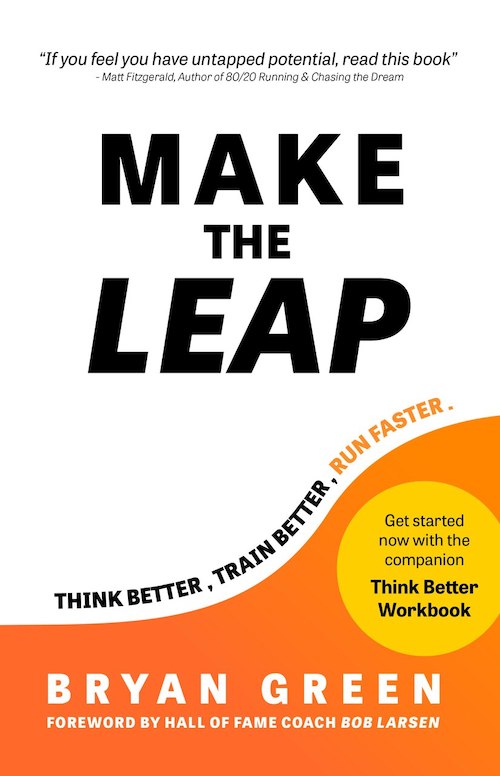Building endurance is a common goal for runners of all levels, whether you’re aiming to conquer your first 5K or preparing for a half marathon. Even seasoned marathoners and ultrarunners continually seek ways to improve their speed and stamina to maintain a strong pace over longer distances. Just as personal goals vary, so do the methods used to achieve them. By adopting the right strategies, runners can strengthen their endurance and push their limits to reach new milestones.

1. Gradually Increase Mileage for Long-Term Gains
The cornerstone of endurance training is gradual mileage buildup. Consistency and patience allow your body to adapt to longer distances and the physical demands of running. This principle works for everyone, from beginners to seasoned marathoners.
Start by adding small increments to your weekly mileage, making sure to stay patient and avoid injury. Craig Beesley, a beginner runner, is a perfect example of this. Initially, he could only run for 30 seconds at a time, but through persistence and gradually increasing his running time, he was able to complete a half marathon in just over two hours.
Tip to Implement: Gradually add one mile per week to your long runs, but every fourth week, reduce the mileage to give your body time to rest and recover. This steady progression will increase your endurance without overtraining.
2. Incorporate Speedwork with Yasso 800s
Speedwork plays a critical role in improving endurance, especially if you have time goals in mind. Yasso 800s, an interval training method, can help you build both speed and stamina. The idea is to run 800-meter repeats at a pace matching your marathon goal time.
 For instance, if you’re aiming for a 4:00 marathon, you would run 800 meters in four minutes, with equal recovery time between sets. Doug Underwood, a marathoner who used this method, was able to shave 20 minutes off his marathon time and qualify for the Boston Marathon.
For instance, if you’re aiming for a 4:00 marathon, you would run 800 meters in four minutes, with equal recovery time between sets. Doug Underwood, a marathoner who used this method, was able to shave 20 minutes off his marathon time and qualify for the Boston Marathon.
Tip to Implement: Start with 4-5 Yasso 800s at your target pace, taking equal recovery time. Gradually build up to 10 intervals over the course of your training.
3. Prioritize Long, Slow Runs for Endurance
Sometimes, slower is better. Long, slow-distance (LSD) runs are vital for building aerobic endurance without putting too much stress on your body. The idea is to run at a comfortable pace that allows you to build your stamina over time.

Meghan Arbogast, a marathoner, successfully used this strategy to improve her race times without overtraining. By focusing on easy-paced runs at around 80% effort, she stayed injury-free and saw her marathon time drop significantly.
Tip to Implement: Plan your long runs at a pace about 20% slower than your race pace. This approach allows your body to adapt while minimizing the risk of injury.
4. Mix in Plyometric Exercises for Strength and Speed
In addition to running, strength and conditioning exercises like plyometrics can help you build endurance by improving your muscle strength and power. Plyometrics, such as jump rope, box jumps, and high-knee sprints, improve leg speed and strength, which is crucial for long-distance running.
 Olympian Deena Kastor, after introducing plyometrics into her routine, improved her marathon time by more than five minutes. The focus on explosive strength and faster leg turnover allowed her to run more efficiently.
Olympian Deena Kastor, after introducing plyometrics into her routine, improved her marathon time by more than five minutes. The focus on explosive strength and faster leg turnover allowed her to run more efficiently.
Tip to Implement: Incorporate plyometric drills like single-leg hops and jump rope into your weekly routine. These exercises improve your overall running mechanics and help delay muscle fatigue during long races.
5. Run Longer Tempo Runs for Race-Day Performance
Tempo runs, done at a “comfortably hard” pace, train your body to maintain a faster pace over longer distances. By regularly incorporating tempo runs into your routine, you can build both speed and endurance, which will pay off on race day.
Patrick Noble, a determined marathoner, used longer tempo runs to finally break the 3-hour marathon barrier after several near misses. The strategy helped him sustain a faster pace over the duration of his races.
Tip to Implement: Start with a 20-minute tempo run once a week at about 10-20 seconds per mile slower than your 10K pace. Gradually add five minutes each week for eight weeks to build your endurance for race day.

By incorporating these five strategies into your training plan, you’ll not only increase your endurance but also improve your overall running performance. Remember, the key is to be patient, stay consistent, and give your body time to adapt. Whether your goal is to complete a marathon or simply run longer and stronger, these methods will set you on the right path.

























